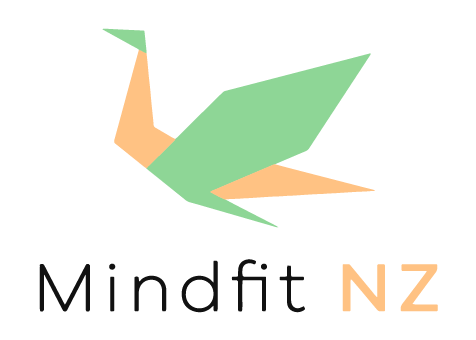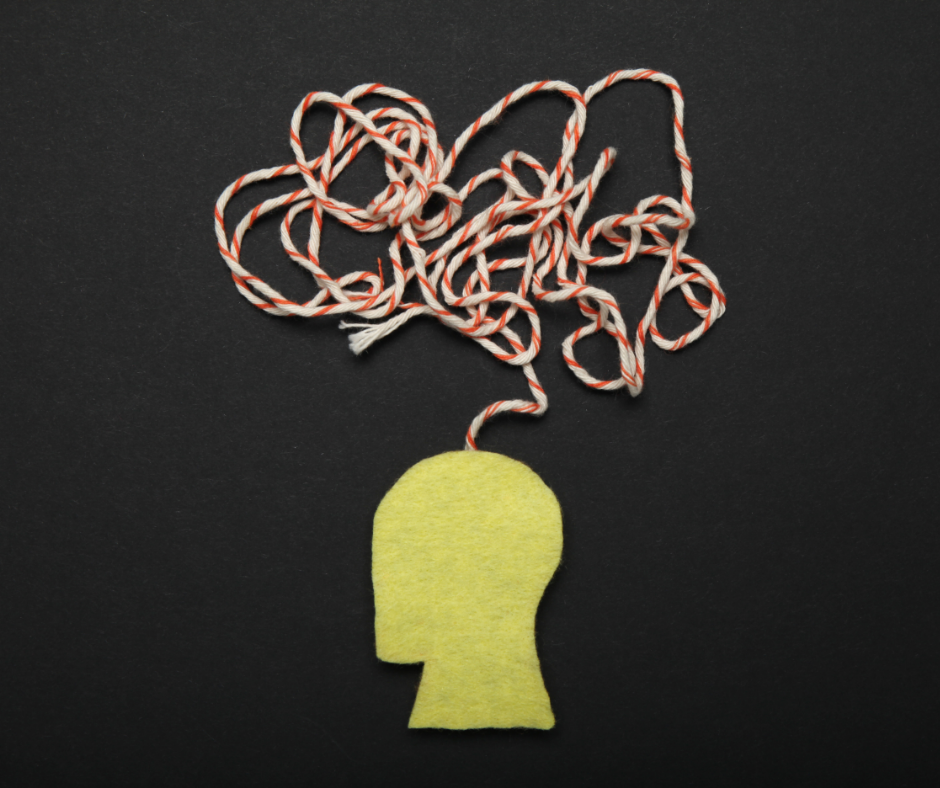TIP SIXTEEN – CHALLENGING UNHELPFUL THOUGHTS ☀️
Cognitive Behavioral Therapy (CBT) says that what we think and do affects the way we feel. It follows that if we can change the way we think then we can start to feel better about ourselves and our lives. The problem is, is that lots of our unhelpful thinking is quick and automatic – we often feel bad without even knowing that we are doing it!
Unhelpful thoughts in CBT are, therefore, known as Thinking Traps. This is because when they remain unquestioned, they can act like brain viruses, distorting the way we think about ourselves and the world.
Thinking Traps include:
- Black and White Thinking. The tendency to think in extremes – an all-or-nothing mindset. “Everyone hates me”
- Jumping to Conclusions. When you draw conclusions without any evidence. “Boyfriend wants to talk, he’s going to break up with me”
- Catastrophizing. When you think of the worst-case scenario. “They’re still not home, something terrible must have happened”
- Mind-reading. When you assume what others are thinking. “She thinks I’m a loser”
- Filtering. Focussing on the negative aspects of a situation & discounting the positives. “There’s so much traffic, the universe is always against me”
- Fortune-telling. When you anticipate and predict that events will turn out badly. “I’ll go, but I won’t enjoy myself”
- Labelling. Assigning labels to ourselves or others. “I’m a failure” “they’re a drunk” etc
The first step to limiting their impact on our lives is to notice when and where we are automatically using them. Only when we can see them can we start to name them “ah hello black and white thinking” and challenge them in a way that benefits our mood and our mental fitness.
So how can we challenge a distressing thought?
Here’s one way!
You can think of the stance that CBT takes as one that says, “What do you think you know, and why do you think you know it?” and which gently challenges us to test our assumptions through the steps below 👇
1. When you notice a change in how you’re feeling, pick out the thought or belief that was going through your mind the moment before.
Example 1: “I always make mistakes”. (Black and White Thinking & Filtering & Fortune-telling)
Example 2: “No one wants me at the party” (Black and White Thinking, Mind-Reading & Fortune-Telling)
2. Get curious & question it. Write down things that contradict/challenge the thought.
Start by drawing a line down the middle of a page & writing the unhelpful thought on one side and all the contradictions/evidence against it on the other.
Example 1: “I always make mistakes”
Contradictions can be found by asking yourself:
- Is the thought/belief 100% true?
- Do I always make mistakes? Or have there been times when I got things right? (as evidence list specific times you have gotten it right)
- Were there things you handled well despite the mistake?
- In the REAL world does everything I do turn out badly?
- When/how did I learn that mistakes were ‘bad?” Is there another way of looking at them?
- How is this thought helping me?
- If a friend thought this about themselves, what would I say to them?
Example two: “No one wants me at the party”
Contradictions can be found by asking yourself:
- Is the thought/belief 100% true?
- How do I know no one wants me at the party? Did they tell me that?
- Where did I get this idea from?
- Would I be invited if no one wants me there?
- Is there anyone going to the party I enjoy talking to?
- Have people wanted me at parties in the past?
- How is this thought helping me?
- If a friend thought this about themselves, what would I say to them?
Look for holes, problems never occupy 100% of our lives. If it helps, ask a trusted friend or family member what they can think of.
3. Rewrite it. Given this new knowledge, come up with a more realistic, kind, helpful & balanced thought.
Example One: “Sometimes I make mistakes, but I also get things right. It’s more helpful to see my mistakes as evidence that I am learning and trying, and as necessary for my growth.” This new thought is both true and helpful. The trick here is to make the new thought believable to YOU.
Example Two: “Someone wants me at the party otherwise I wouldn’t have been invited. There are people going that I enjoy talking to and who enjoy talking to me.”
4. Validate how you’re feeling. It’s okay if the first thought still feels very true (even without evidence that this is the case).
Example One: “I am noticing that I’m still feeling disappointed about the mistake I made today and that’s okay. I’m still learning to see them as a normal human experience and not something that signals I’m bad in some way.”
Validate that it’s making you feel upset.
Example Two: “I’m noticing that I’m still feeling worried that no one wants me at this party even though I know this is not 100% true.”
Validate that it’s making you feel afraid to attend. Then ask yourself, “Can I be afraid and still go? What would make me feel comfortable at the party? Would not going give me a genuine sense of relief or will I feel guilty and worse about myself for skipping it?
5. Write out a few AND statements. These help to reinforce your multi-layered-ness; your ability to be more than one thing at once.
Example One:
“I’m feeling disappointed that I made a mistake today and I know that it’s human to make mistakes.”
“I’m feeling upset that I made a mistake today and I know that it is only through our mistakes that we learn and grow.”
“I’m feeling disappointed about the mistake I made and it doesn’t define who I am or my ability to succeed.”
“I’m feeling upset that I made a mistake today and it is evidence that I am trying and that matters.”
“I’m feeling disappointed about the mistake I made and I’m still a good person.”
Example Two:
“I’m feeling anxious about going to the party and I will try to go even just for 5 minutes.”
“I’m feeling worried about going to the party and I can leave when I want.”
“I’m feeling anxious and I have the tools to handle it.”
Things don’t always have to be viewed as an either/or, we can be many things at once. Vulnerable and strong, scared and brave, good and bad, struggling and capable. There is space for multiple truths.
6. Finish off by rating how strongly you believe in the new thought and your old thought (0-100%). What do you notice?
By gathering evidence against our unhelpful thoughts, we hope that next time they pop into our head, they will hold less power over us. It may pay to keep a record of the thoughts you’ve challenged so that you can look back on it when you need evidence that you are not the thoughts in your head.
The more you practise this and the more you surround yourself with people who lift you up, the more you’ll notice that mean inner-critic being replaced by a more gentle and compassionate inner voice. One that defends you and boosts your self-esteem, rather than attacks you and pushes you to question your worth. How we talk to ourselves matters.
A few gentle reminders about using this tool:
It is important to work with only one thought at a time. Try to start with a thought that comes to mind regularly. This is because our thought patterns have developed over a lifetime and, like any other habit, can take a while to change. Try not to be disheartened if it takes you a few tries to shift one unhelpful thinking pattern. After some practice of noticing when your unhelpful thought appears and reminding yourself to stop and challenge it, eventually the new way of thinking (your re-written thought and your AND statements) will take over. Change is possible for you.
It is also important to note that this is really only effective when you’re in a place where you can think logically and engage with your thoughts. If you’re overwhelmed and are having trouble focusing, it is more helpful to regulate yourself first. This can be achieved through deep belly breathing (place a hand on your chest and the other on your belly, breathe through your nose like you’re smelling a flower…3 seconds...then breath out slowly through your mouth like you’re blowing giant bubbles…4-5 seconds), moving your body (through yoga, a walk, a living room dance session — whatever works best for you), changing your environment, or doing something else that is calming for you. Otherwise, this tool will be frustrating and ineffective.
As it’s estimated that we have 60,000-80,000 thoughts a day, it is safe to assume that a significant percentage of those thoughts are meaningless. The trick is to not let our feelings convince us that our thoughts are always facts because thoughts are not facts. Thoughts are thoughts and while we can’t stop having unhelpful thoughts, we can stop taking them all seriously. Knowing this helps us to learn which thoughts to simply observe and allow to pass without judgement, and which to challenge, accept, or unpack. Because paying attention to every thought is exhausting, unnecessary and unsustainable.
Try to be patient and gentle with yourself as you make this change.
I believe in you!
Jess x

